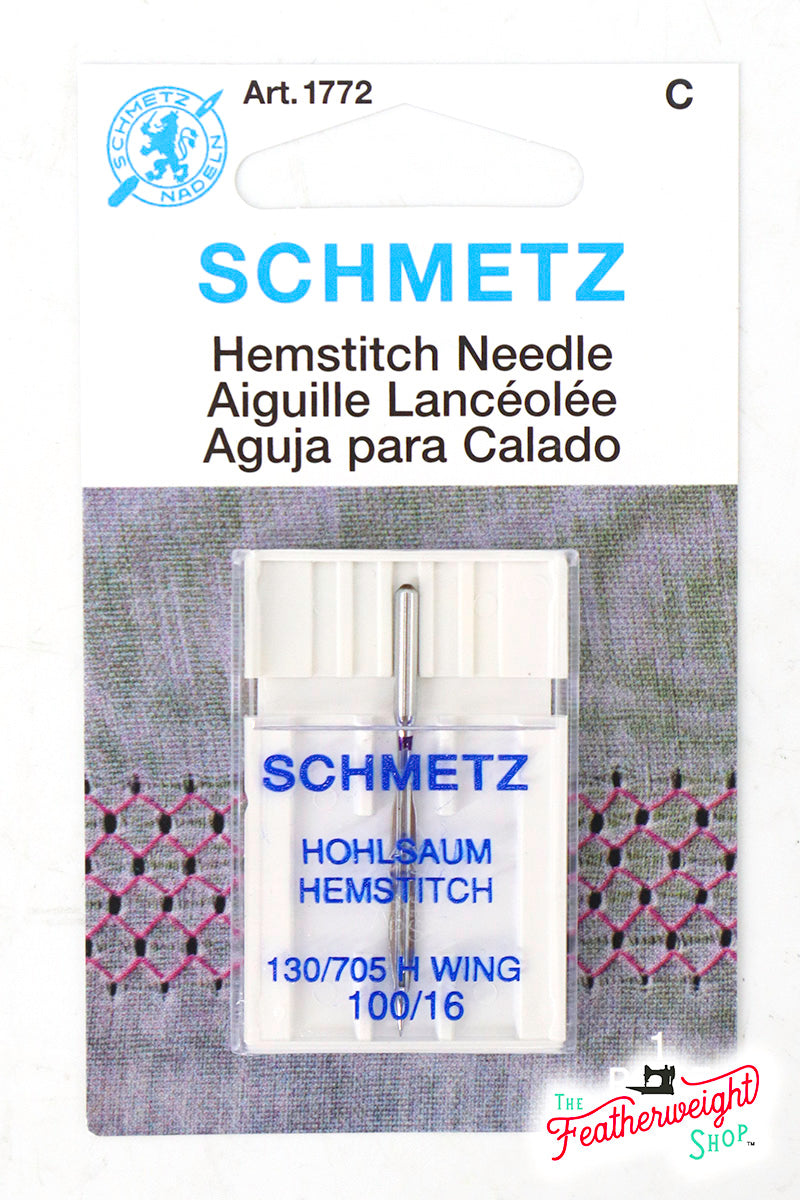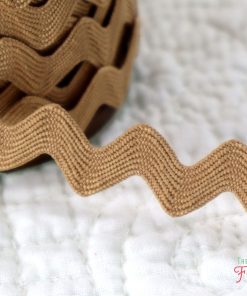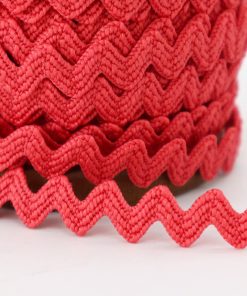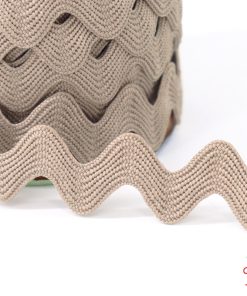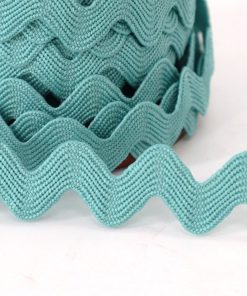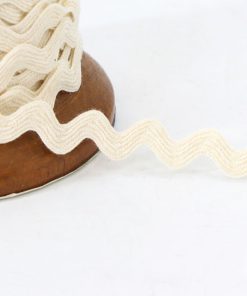Schmetz Twin Needle ~ Size 4, 0/90, 1 twin needle per pack.
A twin needle does NOT fit a Featherweight.
Double or Twin Needles are not suitable for sergers! Please use them only in home sewing machines. When using a Twin Needle, always use the zigzag needle plate with the elongated aperture. When using decorative stitches, the stitch width must NOT exceed the aperture because, otherwise, the needles will touch the needle plate and break. Try this out by doing the first stitches by moving the hand wheel manually. Additionally, the needle thread tension should be loosened when using Twin Needles.

Click here to download this antique booklet illustrating how a Singer Needle was made
by the Singer Manufacturing Company
Below, you will find information that was taken from an old Singer Machine Sewing Teacher’s Textbook with updates for today’s sewing. Much of the information is still current and useful.
A perfect stitch can be obtained only when the thread is selected to suit the fabric which is to be stitched and the needle is the correct size for the thread. If the needle is too fine for the thread and the material to be sewn, it is quite likely to break when crossing a seam. If a large needle is used on fine material, the perforations made by the needle will show on the finished work. A table of correct needles for the various sizes of silk and cotton is given in the table below, but may also be found in the instruction manual for each original Singer machine. This table should be carefully followed when ordering needles and when changing them for various classes of work.
| Type of Fabric | Thread Sizes | Needle Sizes | Machine Stitches Per Inch | Hand Needle Sizes |
|---|---|---|---|---|
| Filmy materials comparable to Net, Marquiesette, Organdy, Ninon | 100 Cotton OO OOO Silk |
9-10 |
Inside Seams ~ 20 Top Stitching ~ 30 |
10 |
| Sheer materials comparable to Lawn, Dimity, Voile, Batiste, Chiffon, Rayon Sheer, Rayon Crepe |
80 to 100 Cotton O Silk |
10-11 |
Inside Seams ~ 16 Top Stitching ~ 20 |
9 |
| Lightweight fabrics comparable to Gingham, Chambray, Sheer Wool Crepe, Taffeta | 60 to 80 Cotton A and B Silk |
12-14 |
Inside Seams ~ 12 Top Stitching ~ 18 |
8 |
| Medium lightweight materials comparable to Poplin, Pique, Percale, Cretonne, Chintz, Faille Wool Flannel, Bengaline, Wool Crepe, Wool Jersey, Linen | 50 to 70 Cotton B Silk |
12-14 |
Inside Seams ~ 12 Top Stitching ~ 16 |
7 or 8 |
| Medium heavy materials comparable to Crash, Gabardine, Rep, Corduroy, Velveteen, Linen | 40 to 50 Cotton C Silk |
14-16 | Inside Seams ~ 10 Top Stitching ~ 12 |
6 |
| Heavy materials comparable to Sailcloth, Denim, Ticking |
30 to 40 Cotton 24 to 30 Cotton D Silk |
16, 18* or 19 |
Inside Seams ~ 8 Top Stitching ~ 10 |
4 or 5 |
| Very heavy materials comparable to overcoating | 40 to 60 Linen 20 to 24 Cotton E Silk |
18-21 |
Inside Seams ~ 6 Top Stitching ~ 8 |
3 |
| Plastic Materials |
Mercerized Cotton |
11-12 |
Inside Seams ~ 10 Top Stitching ~ 12 |
None |
* Size 18 is the largest size needle that can be used in the Singer Featherweight 221, 222, & 301 Machines
Fast Shipping & Professional Packing
We have a range of shipping options due to our long-term partnership with UPS FedEx DHL. Our warehouse personnel will pack every item to our exacting specifications. Prior to shipping your items will be thoroughly examined and secured. Each day, we ship to thousands of clients in many countries. This demonstrates our dedication to become the biggest online retailer on earth. There are distribution centers and warehouses located in Europe and the USA.
Note: Orders that include more than one item are assigned a processing time depending on the item.
We will carefully examine all items ordered before shipping. Today, the majority of orders will be shipped within 48 hours. Delivery time ranges between 3-7 days.
Returns
Stock is dynamic, and cannot be fully controlled by us because of the involvement of many entities, including the factory as well as our warehouse. This means that the actual stock could alter at any time. It's possible that you may not receive your order once the order has been made.
Our policy runs for 30 days. If you have passed 30 days without a trace since the purchase however, we're unable to give you a refund or exchange.
In order to be eligible for a refund your product must be unopened and in the same condition as when you received it. It must also be returned in its original packaging.
Related products
Ribbons & Trim
1/4″ Inch NUTMEG VINTAGE TRIM RIC RAC by Lori Holt (by the yard) The Singer Featherweight Shop
Ribbons & Trim
1/4″ Inch CLOUD VINTAGE TRIM RIC RAC by Lori Holt (by the yard) The Singer Featherweight Shop
Ribbons & Trim
1/4″ Inch JADE VINTAGE TRIM RIC RAC by Lori Holt (by the yard) The Singer Featherweight Shop
Ribbons & Trim
1/4″ Inch SWEET MINT VINTAGE TRIM RIC RAC by Lori Holt (by the yard) The Singer Featherweight Shop
Ribbons & Trim
1/4″ Inch PEBBLE VINTAGE TRIM RIC RAC by Lori Holt (by the yard) The Singer Featherweight Shop
Ribbons & Trim
1/4″ Inch PUMPKIN VINTAGE TRIM RIC RAC by Lori Holt (by the yard) The Singer Featherweight Shop
Vintage Advertisements
Advertisement Tin Sign, Replica Featuring the Singer Featherweight The Singer Featherweight Shop
Craft Measuring & Marking Tools
Alphabitties EXPANSION PACK- Alphabet & Number Tags by It’s Sew Emma The Singer Featherweight Shop
Ribbons & Trim
5/8″ Inch JADE VINTAGE TRIM Large RIC RAC by Lori Holt (by the yard) The Singer Featherweight Shop
Ribbons & Trim
1/4″ Inch DENIM VINTAGE TRIM RIC RAC by Lori Holt (by the yard) The Singer Featherweight Shop
Craft Measuring & Marking Tools
Alphabitties – Alphabet & Number Tags by It’s Sew Emma The Singer Featherweight Shop
Vintage Advertisements
Ribbons & Trim
1/4″ Inch PEONY VINTAGE TRIM RIC RAC by Lori Holt (by the yard) The Singer Featherweight Shop
Ribbons & Trim
1/4″ Inch RILEY AQUA VINTAGE TRIM RIC RAC by Lori Holt (by the yard) The Singer Featherweight Shop
Ribbons & Trim
3/8″ Inch IVORY Cotton RIC RAC from France (sold by the yard) The Singer Featherweight Shop
